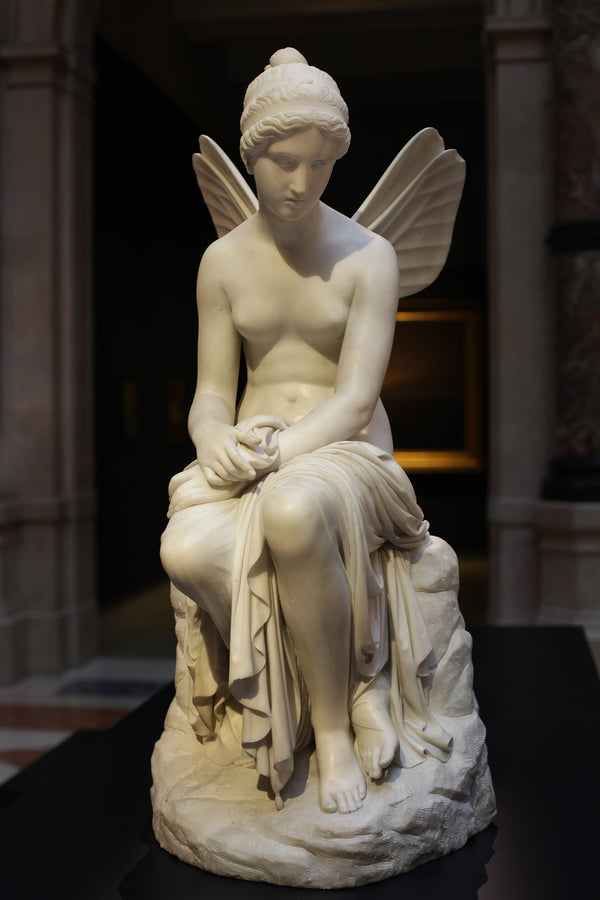
From ancient frescoes to modern street murals, butterflies have flitted their way into the world of art, leaving a trail of vibrant colors and profound symbolism. Let's take a whimsical journey through time to see how these delicate creatures have inspired artists and enchanted audiences throughout history.
**Ancient Beginnings: Symbols of the Soul**
The butterfly's journey in art begins way back in ancient Greece, where it wasn't just seen as a pretty bug. The Greeks associated butterflies with the human soul. The word "psyche" meant both "soul" and "butterfly." In Greek mythology, Psyche, a mortal woman, is often depicted with butterfly wings, symbolizing her transformation and immortality. This idea fluttered its way into various artworks, where butterflies represented the soul's journey and the afterlife.
**Medieval Manuscripts: Metaphors and Margins**
Fast forward to the medieval period, and butterflies start appearing in illuminated manuscripts. These meticulously illustrated books often featured butterflies as metaphors for resurrection and spiritual transformation. Their presence in the margins of these texts was more than decorative; they hinted at the fleeting nature of life and the promise of rebirth.
**Renaissance Revival: Nature’s Beauty and Scientific Curiosity**
The Renaissance brought a renewed interest in the natural world, and butterflies became a popular subject for both artists and scientists. Leonardo da Vinci’s detailed sketches of butterflies showcased his fascination with their anatomy and beauty. This era saw butterflies as symbols of nature’s perfection and the delicate balance of life. Their vibrant colors and intricate patterns were captured in paintings, tapestries, and even jewelry, celebrating both their aesthetic appeal and their symbolic depth.
**Victorian Era: Emblems of Transformation and Femininity**
The Victorian era saw butterflies flutter into the realm of fashion and home decor. They were often used in embroidery, jewelry, and wallpaper designs. This period associated butterflies with transformation, femininity, and the ephemeral beauty of life. Victorian artists and designers adored their grace and delicate allure, making butterflies a staple in decorative arts.
**Modern and Contemporary Art: Metaphor Meets Metamorphosis**
In the 20th and 21st centuries, butterflies continued to captivate artists, becoming powerful symbols of change, freedom, and fragility. Salvador Dalí’s surrealist works often featured butterflies, merging them with clocks and other objects to explore themes of transformation and the fluidity of time. Contemporary artists like Damien Hirst have used butterflies in their art to provoke thought and evoke emotions, sometimes controversially. Hirst’s "In and Out of Love" installations, filled with live butterflies, invite viewers to contemplate life, death, and the fleeting nature of existence.
**Street Art and Pop Culture: Butterflies Take Flight**
Today, butterflies have found a new home in street art and pop culture. Murals featuring giant butterflies add splashes of color to urban landscapes, symbolizing hope and renewal in often drab settings. Social media is awash with butterfly-themed art, from digital illustrations to DIY crafts, showing that these creatures continue to inspire creativity across various platforms.
